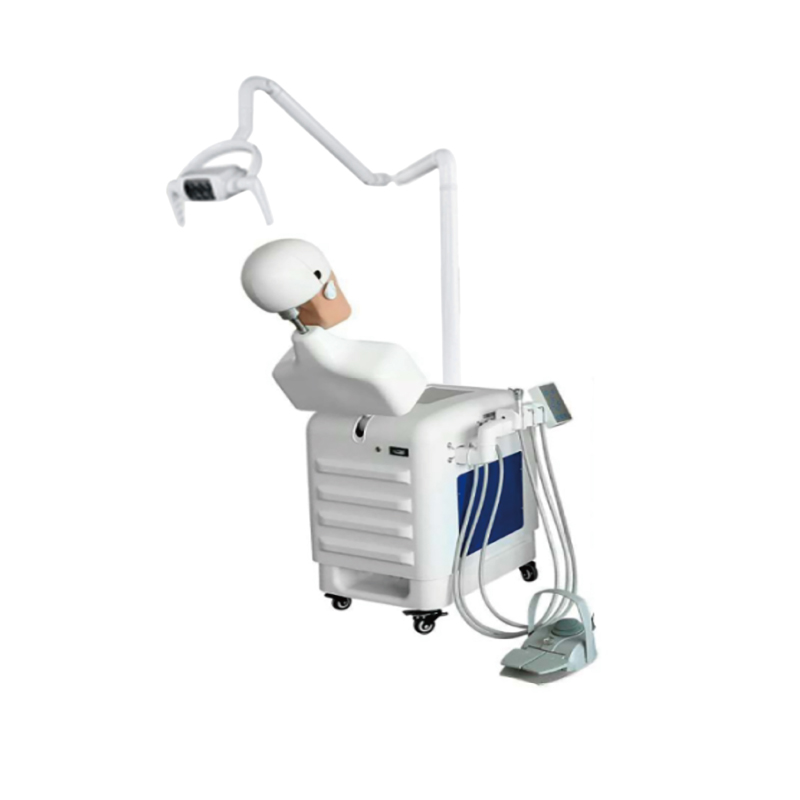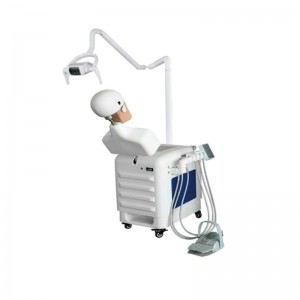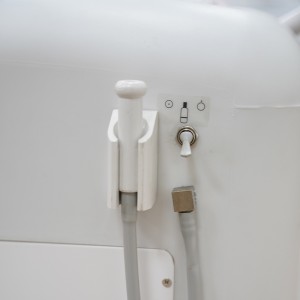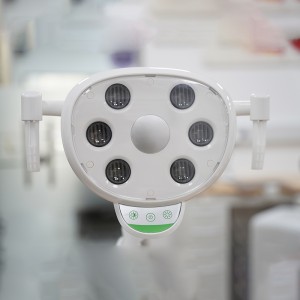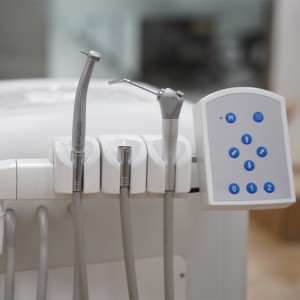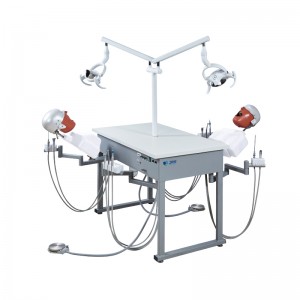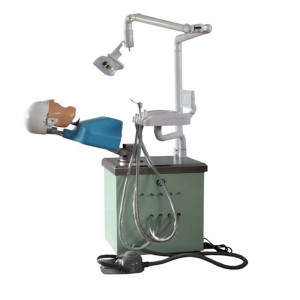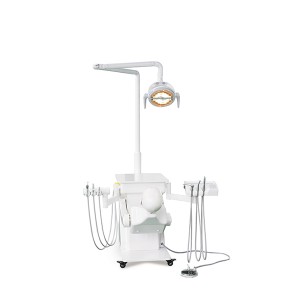JM380 Dental Simulator
Features
The minimum distance from the ground is 550mm
The maximum distance from the ground is 1300mm
Pitch angle -5 degrees to 90 degrees
With safety locking system
What is a Dental Simulator?
A Dental Simulator is an advanced training device used in dental education and professional development to replicate real-life dental procedures in a controlled, educational setting. These simulators provide dental students and professionals with a realistic and hands-on experience, allowing them to practice various dental techniques and procedures before working on actual patients.
Intended Uses of a Dental Simulator
Educational Training:
Used extensively in dental schools to train students in a safe and controlled environment before they perform procedures on real patients.
Skill Enhancement:
Allows practicing dentists to refine their skills, learn new techniques, and stay updated with the latest advancements in dental procedures.
Assessment and Evaluation:
Used by educators to assess the competence and progress of dental students and professionals, ensuring they meet the required standards.
Pre-Clinical Practice:
Provides a bridge between theoretical learning and clinical practice, helping students gain confidence and proficiency in their skills.
What is haptic simulation dentistry?
Haptic simulation dentistry refers to the use of advanced technology that provides tactile feedback to simulate the feel and resistance of real dental tissues during dental procedures. This technology is integrated into dental simulators to enhance the training and educational experience for dental students and professionals. Here's a detailed explanation:
Key Components of Haptic Simulation Dentistry:
Haptic Feedback Technology:
Haptic devices are equipped with sensors and actuators that mimic the physical sensations of working with dental tools on real teeth and gums. This includes sensations such as resistance, texture, and pressure changes.
Realistic Dental Models:
These simulators often include anatomically accurate models of the oral cavity, including teeth, gums, and jaws, to create a realistic training environment.
Interactive Software:
The haptic dental simulator is usually connected to software that provides a virtual environment for various dental procedures. The software offers real-time feedback and assessment, guiding users through different tasks.
Benefits of Haptic Simulation Dentistry:
Enhanced Learning Experience:
Haptic feedback allows students to feel the difference between various dental tissues, helping them understand the tactile aspects of procedures such as drilling, filling, and extraction.
Improved Skill Development:
Practicing with haptic simulators helps students and professionals develop precise hand movements and control, crucial for successful dental work.
Safe Practice Environment:
These simulators provide a risk-free environment where learners can make mistakes and learn from them without any harm to patients.
Immediate Feedback and Assessment:
The integrated software offers instant feedback on performance, highlighting areas of improvement and ensuring that users are practicing correctly.
Repetition and Mastery:
Users can practice procedures repeatedly until they achieve proficiency, which is often not possible with real patients due to ethical and practical constraints.
Applications of Haptic Simulation Dentistry:
Dental Education:
Widely used in dental schools to train students on various procedures before they work on real patients. It helps bridge the gap between theoretical knowledge and practical skills.
Professional Development:
Allows practicing dentists to refine their skills, learn new techniques, and stay updated with the latest advancements in dental procedures.
Certification and Competency Testing:
Used by educational institutions and certification bodies to assess and ensure the competence of dental practitioners.
Research and Development:
Facilitates the testing of new dental tools and techniques in a controlled environment before they are introduced into clinical practice.
In summary, haptic simulation dentistry is a cutting-edge approach that significantly enhances dental training by providing realistic, tactile feedback, thus improving the overall skill and confidence of dental practitioners.


